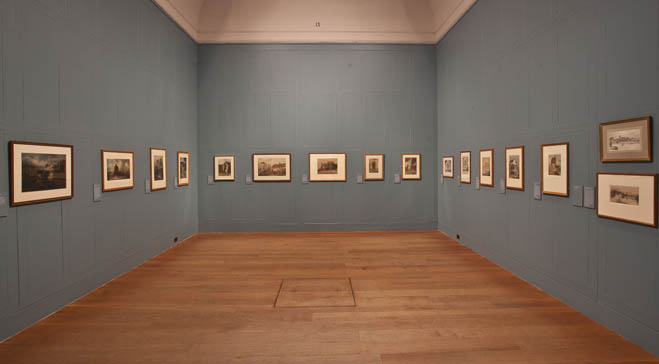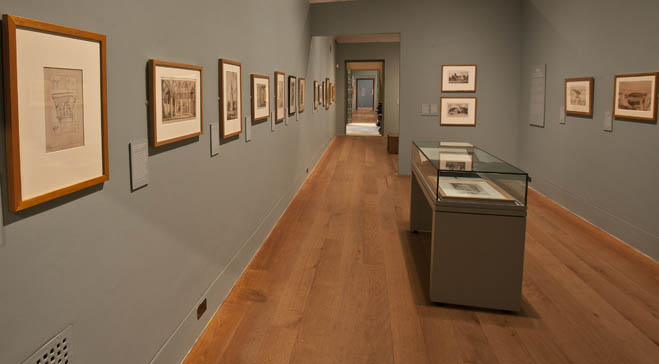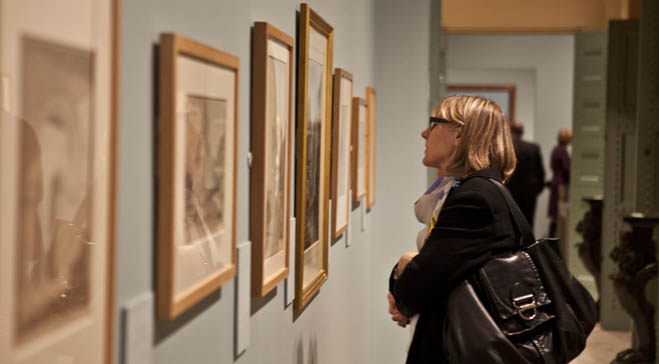2012: Cotman in Normandy
10 October 2012 - 13 January 2013
“They are an equivalent, in painting, to the early poetry of Wordsworth” - Andrew Graham Dixon
“This is a fascinating exhibition, and a good introduction to Cotman if you don’t already know him” - Charles Darwent, The Independent
Curated by Timothy Wilcox, Cotman in Normandy proposed a fresh look at the central chapter of the career of celebrated watercolourist John Sell Cotman (1782 – 1842). The exhibition displayed over 80 drawings, watercolours and prints by Cotman, along with 20 studies by other artists, placing Cotman’s visits to Normandy within the broader context of his lifelong engagement with buildings, particularly the architecture of the Middle Ages, and highlighting the impact he had on Anglo-French cultural exchange at a time where this would have been deemed controversial.
John Sell Cotman, long considered one of the greatest exponents in the field of watercolour, made three visits to Normandy, in 1817, 1818 and 1820. In 1822 he published two monumental folio volumes, Architectural Antiquities of Normandy. This major publication was the climax of over a decade during which print-making as a medium and architecture as a subject had been the primary focus of Cotman’s art. This period, and his work on Normandy in particular, is often presented as a distraction from his lyrical watercolours but this exhibition sought to establish this period as a significant one in Cotman’s development as an artist.
The numerous works by Cotman on display allowed comparison of his Normandy work against the background of his earlier architectural work and were seen in the company of studies by J.M.W. Turner, Samuel Prout and Henry Edridge, who also visited Normandy. However, the political context of this corps of British artists making studies of Normandy – in the aftermath of the Napoleonic wars – rendered their work revolutionary. At a time when British military was supreme, these artists were effectively demonstrating that culturally, Britain owed a great deal to France. If Cotman’s publishing project failed, and his remarkable work went underappreciated, it is perhaps not entirely surprising; few of his countrymen were prepared to hear such a radical message.



